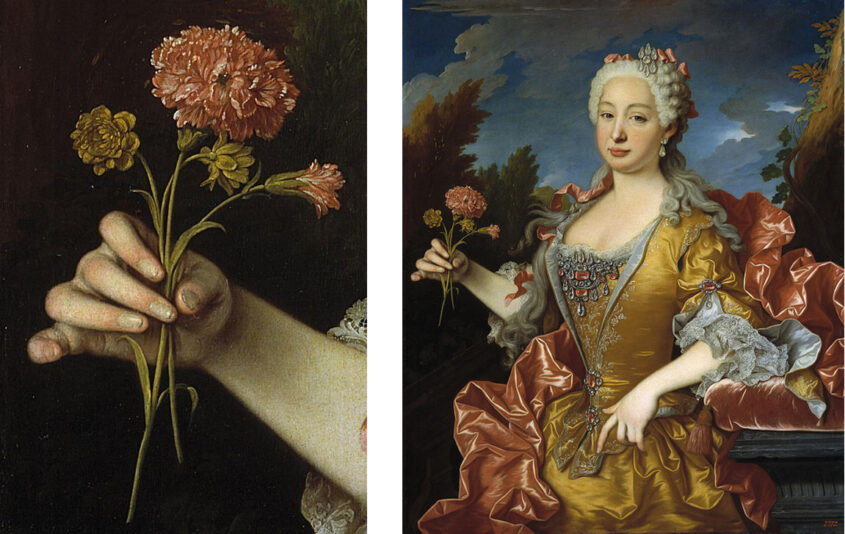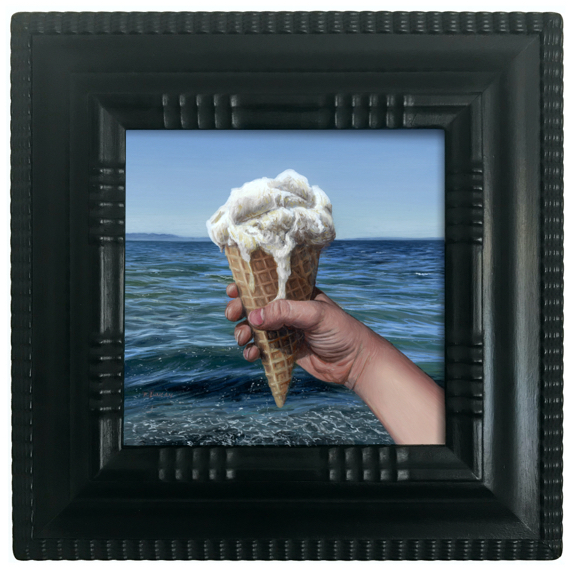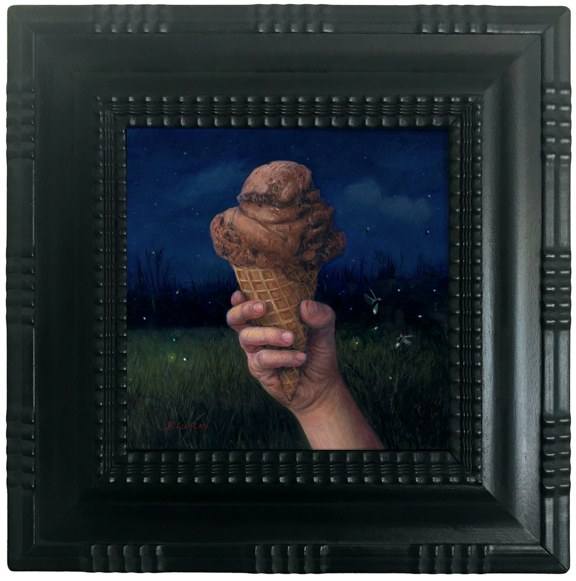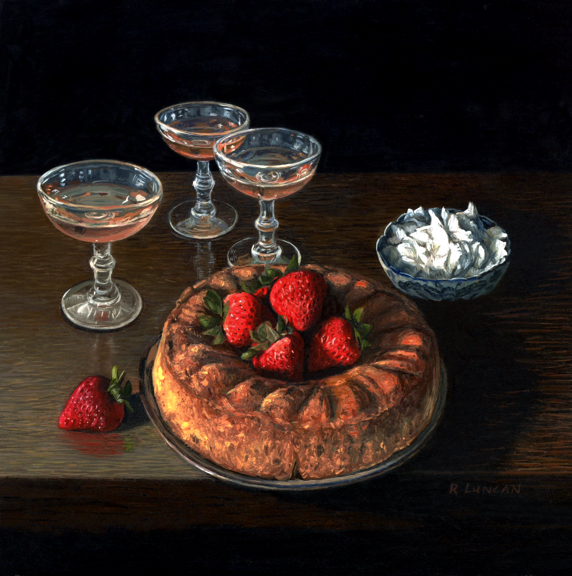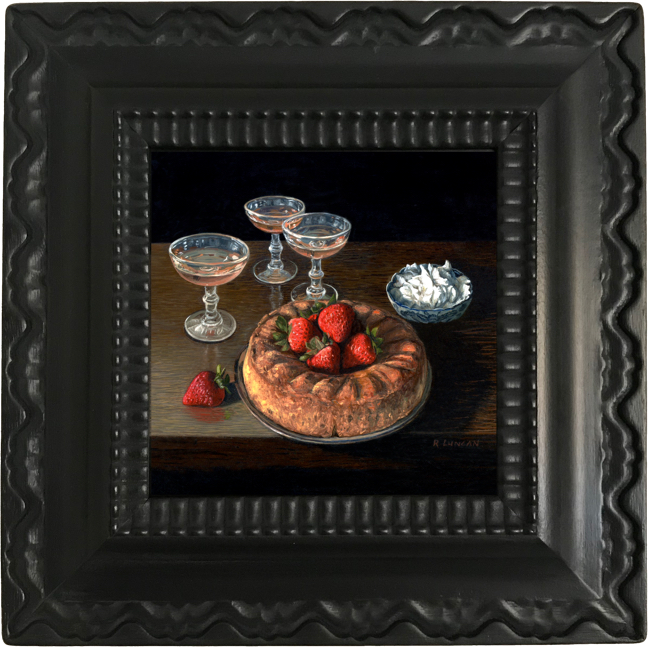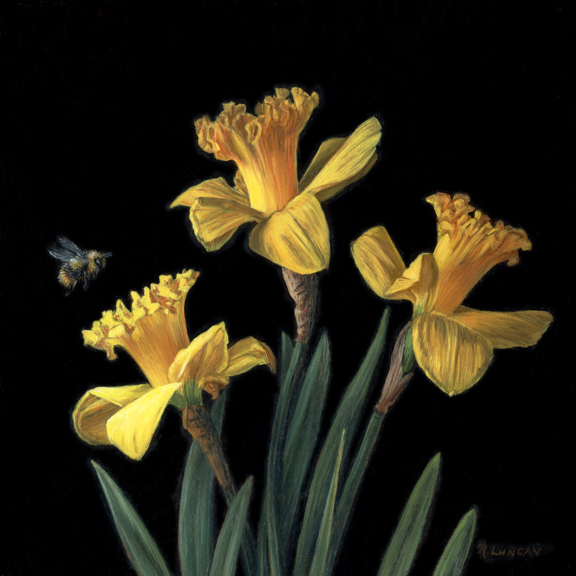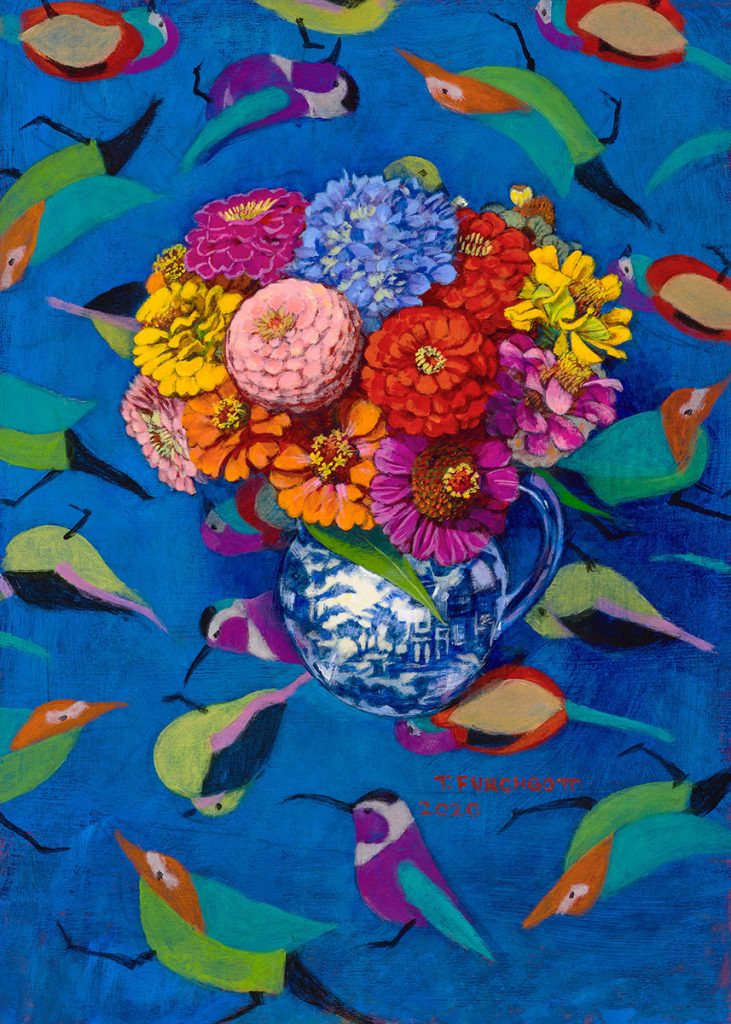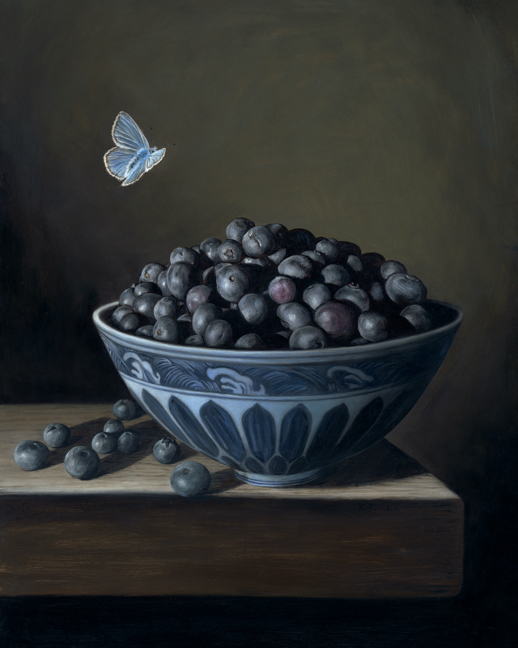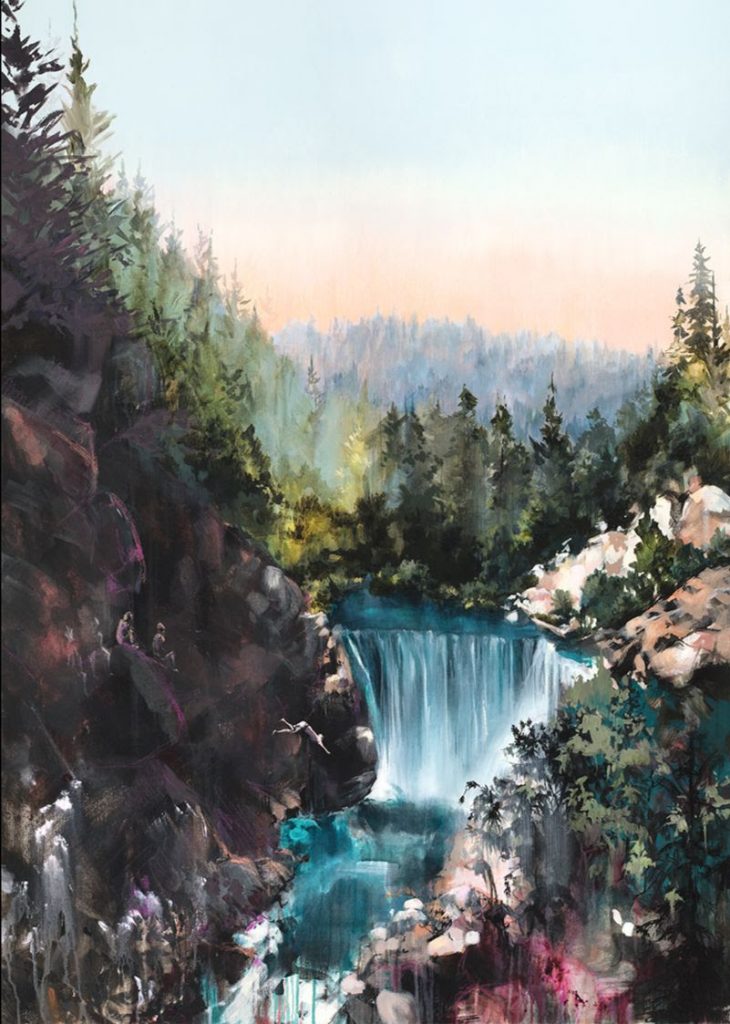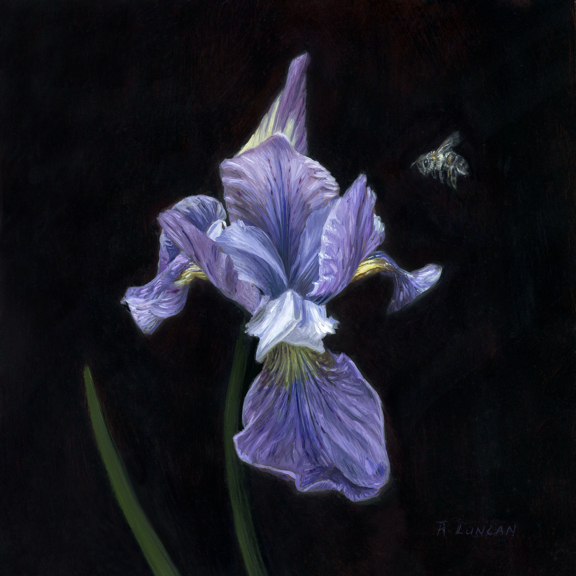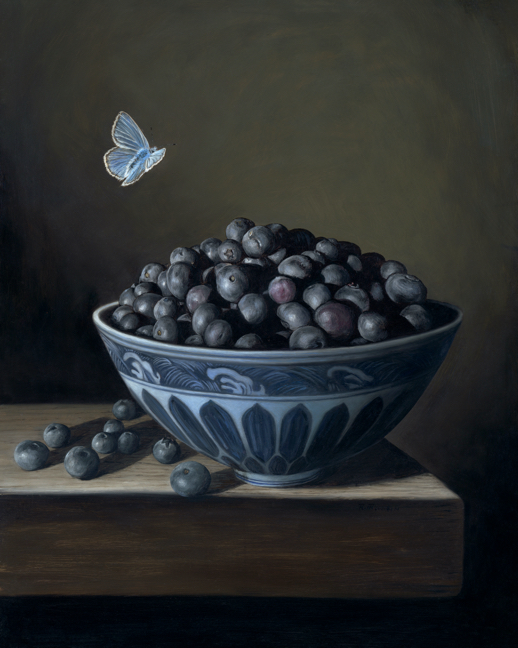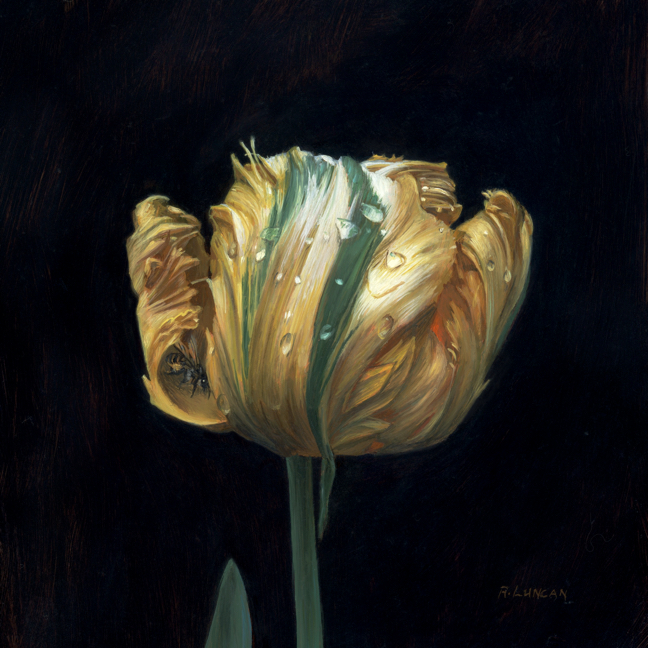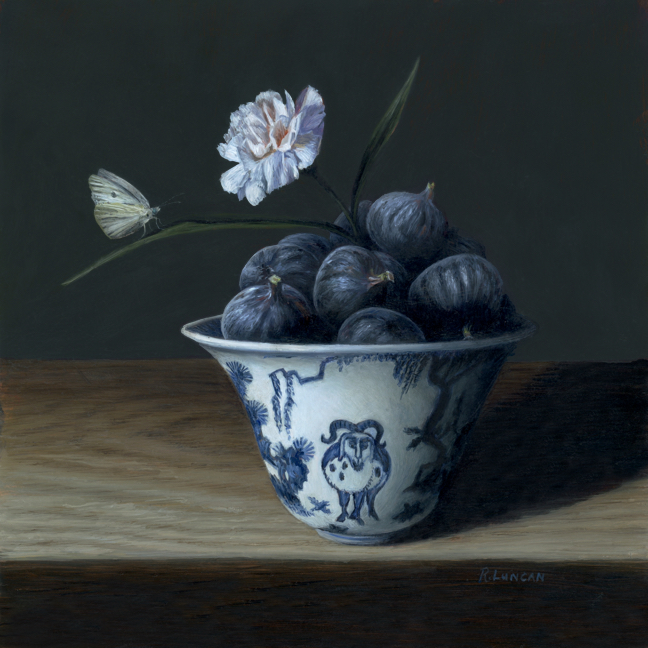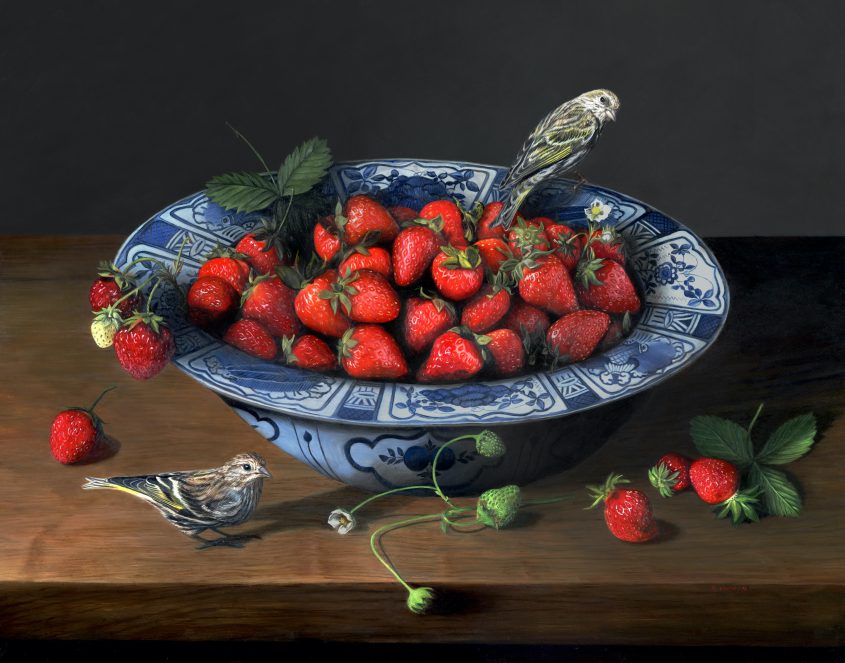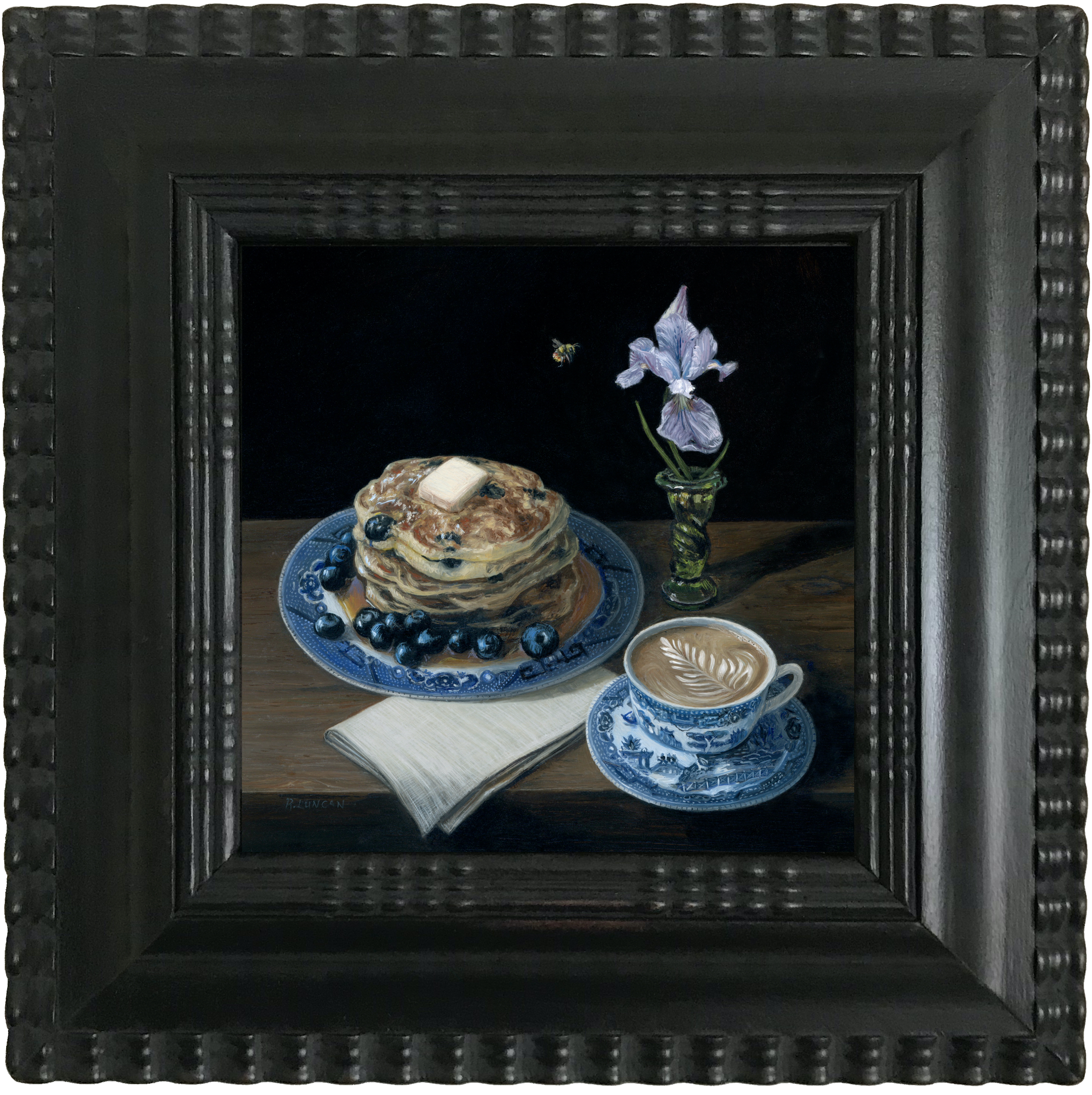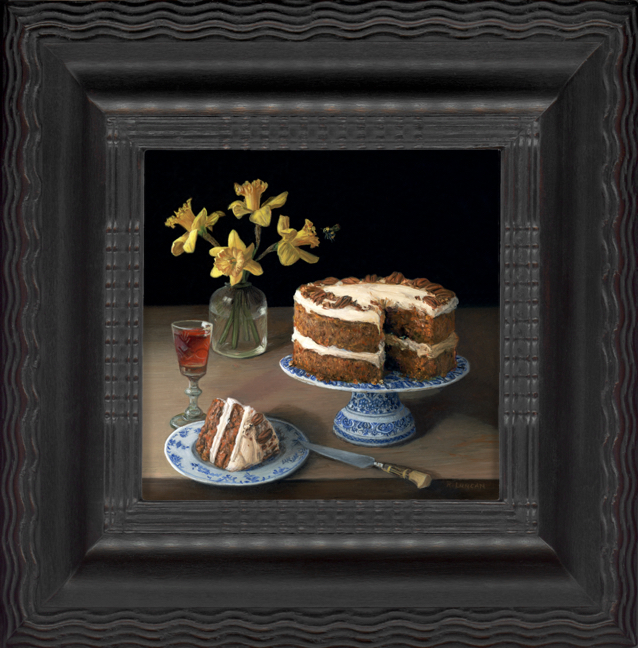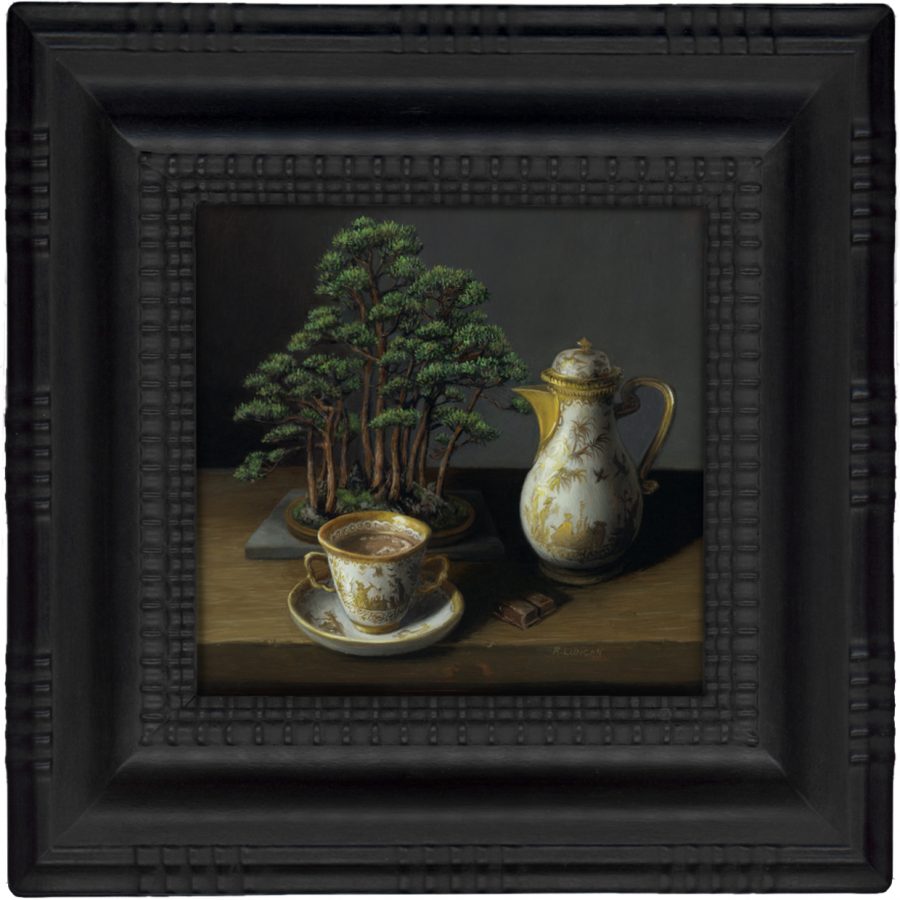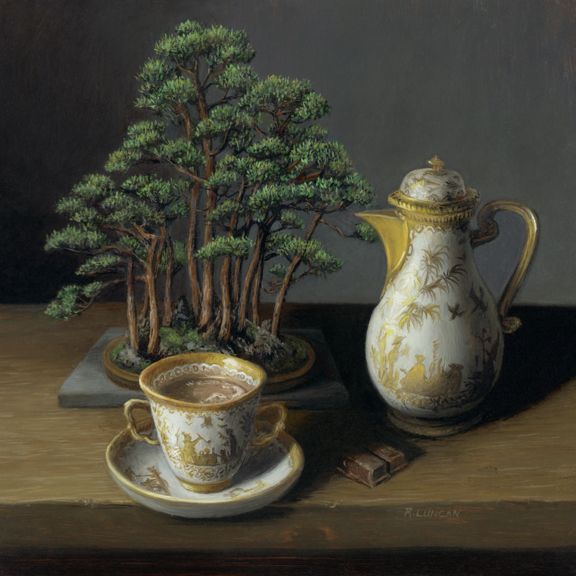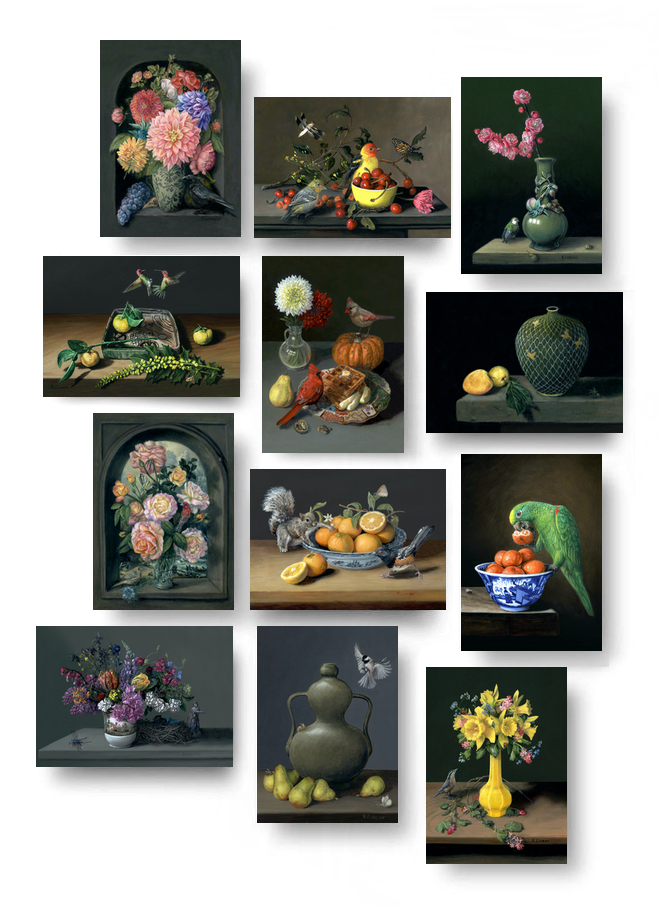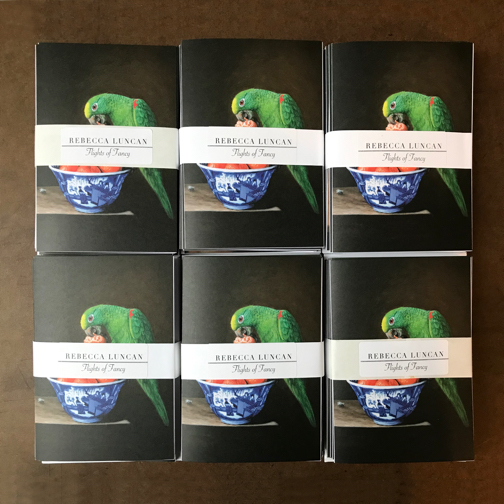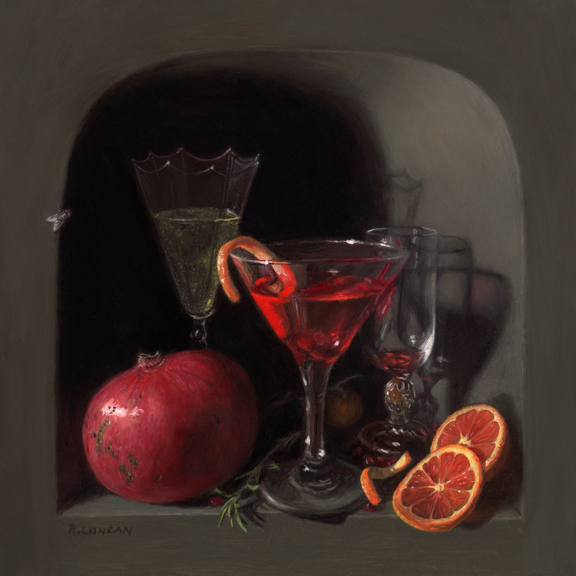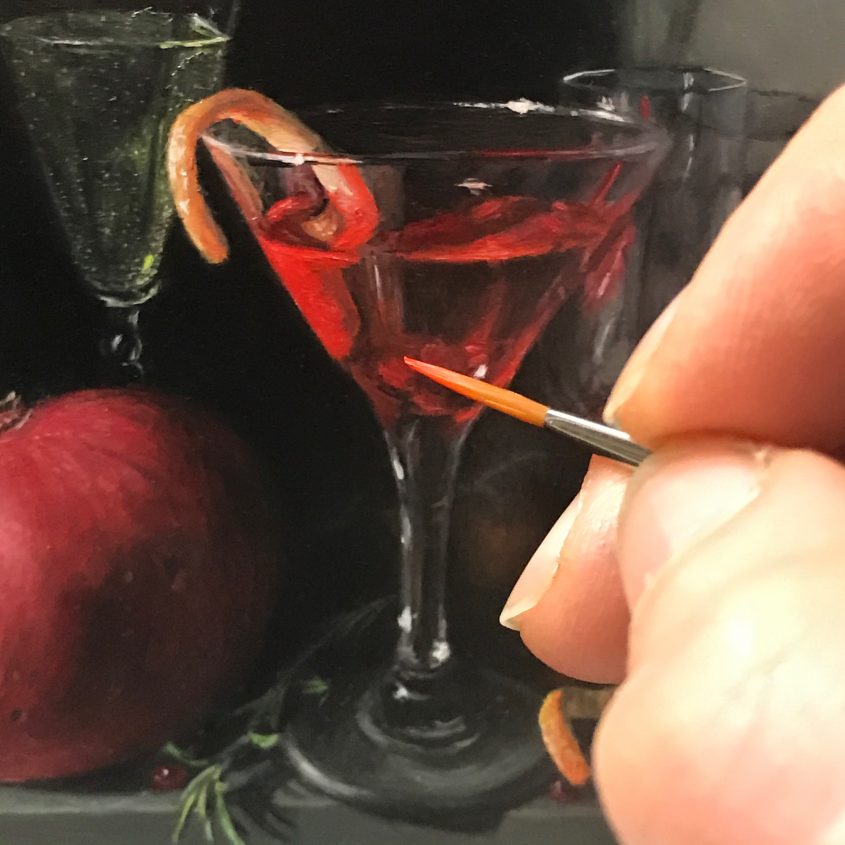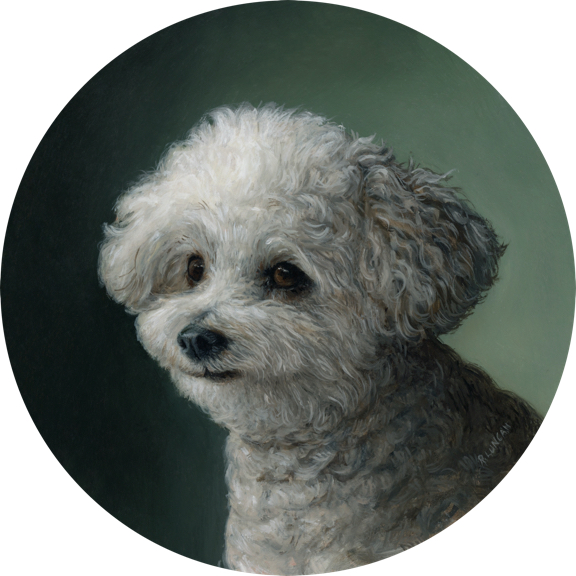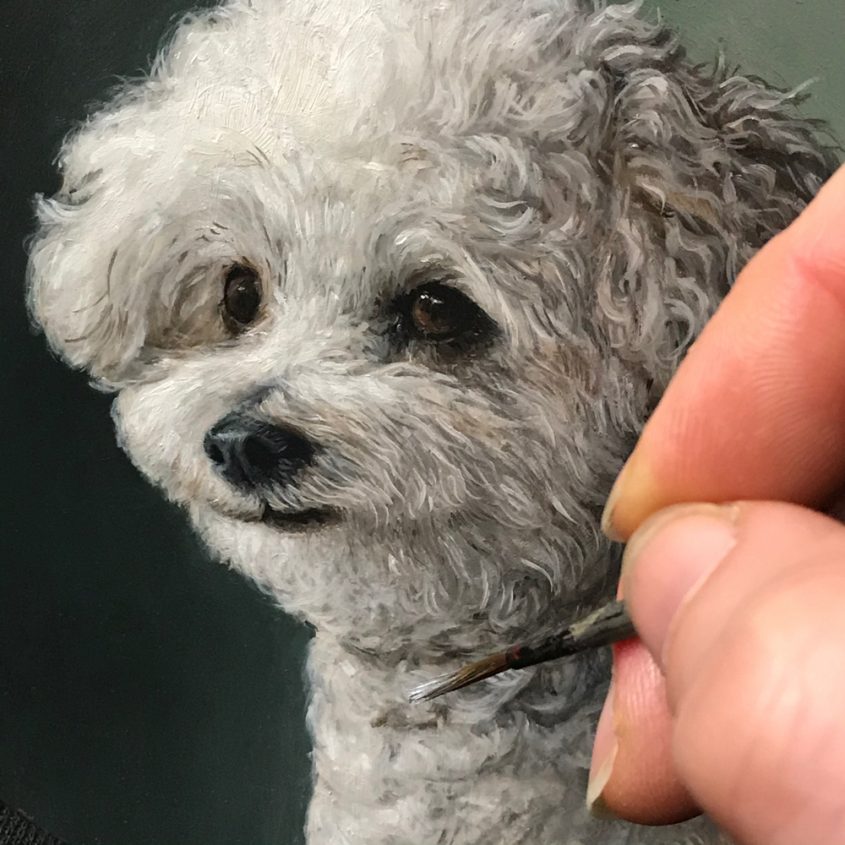Ask my 5 year old son his favorite food and his answer is “ice cream in an ice cream cone!”
I’ve always thought of my “real” age as being 5. Having an actual 5 year old around brings lots of fun but also some harsh realities. I don’t have half the energy that he has and struggle to keep up. I can’t even keep up on ice cream consumption! He’s definitely an inspiration though, full of creativity and adventure. It’s impossible not to smile when I see the all-consuming joy he experiences in the simple act of eating his ice cream in an ice cream cone.
Though these two paintings are far from typical for a 17th century still life, my initial inspiration was actually a portrait by Jean Ranc from 1729. When I stumbled on a detail of his portrait of Barbara of Portugal, my mind immediately replaced the flowers in her hand with an ice cream cone.
We spent the first week of July visiting my family after a long COVID separation. For the first time, my son and husband experienced lightning bugs, something this Ohio-raised gal has missed since moving to Washington. Sharing that magical part of my childhood with my boys meant so much to me. The concept for my painting began to evolve as I watched them chase flashes around in the dusk, and the result is a combination of midwestern summer, childhood magic and love.So why the daytime version? Creativity comes at unexpected moments. As I played hide and seek in the backyard with Isaac, I laid along the fence line, behind a row of daylilies. Gazing up at the sky, I was filled with the desire to paint that color. I knew that for my July painting I needed to capture the brightness of the summer sky. Isaac posed for me at Carkeek Park in Seattle, and the daytime version was born.Then I had a delima. I couldn’t decide which painting to make! They both felt perfect for my July creature comfort so I made them both. Happy summer!

